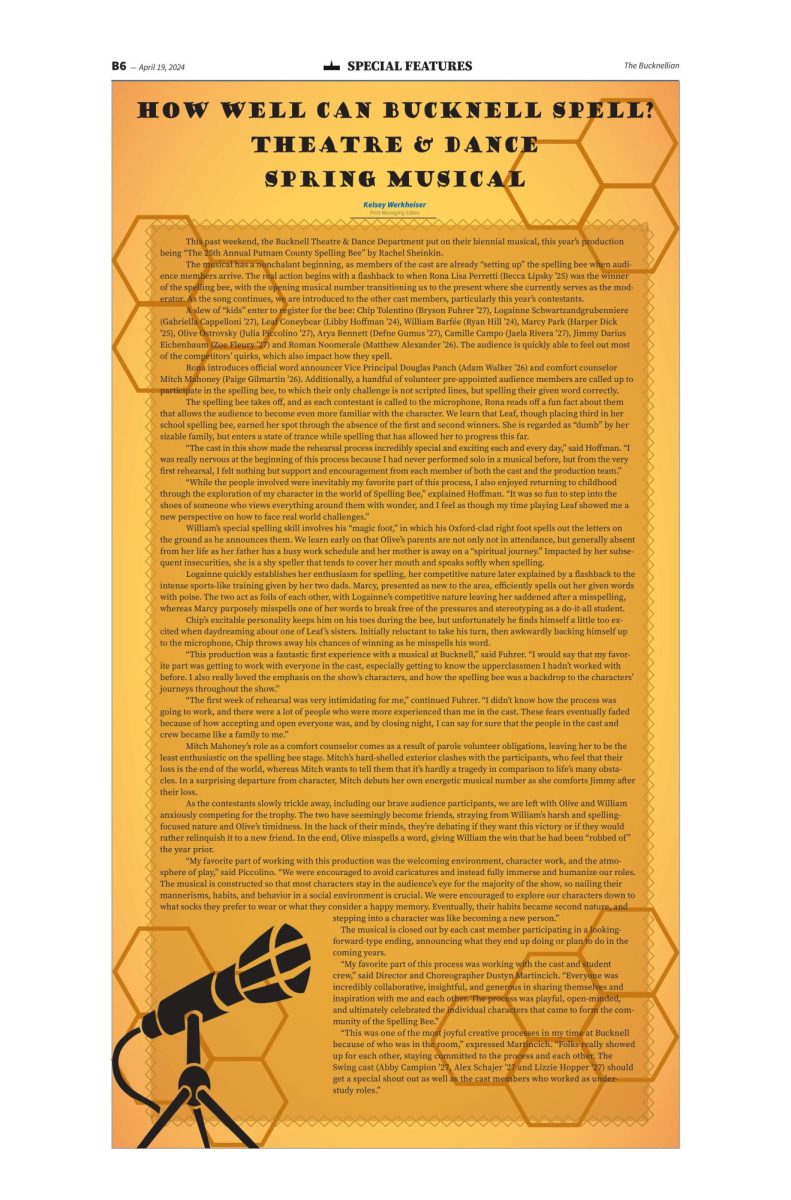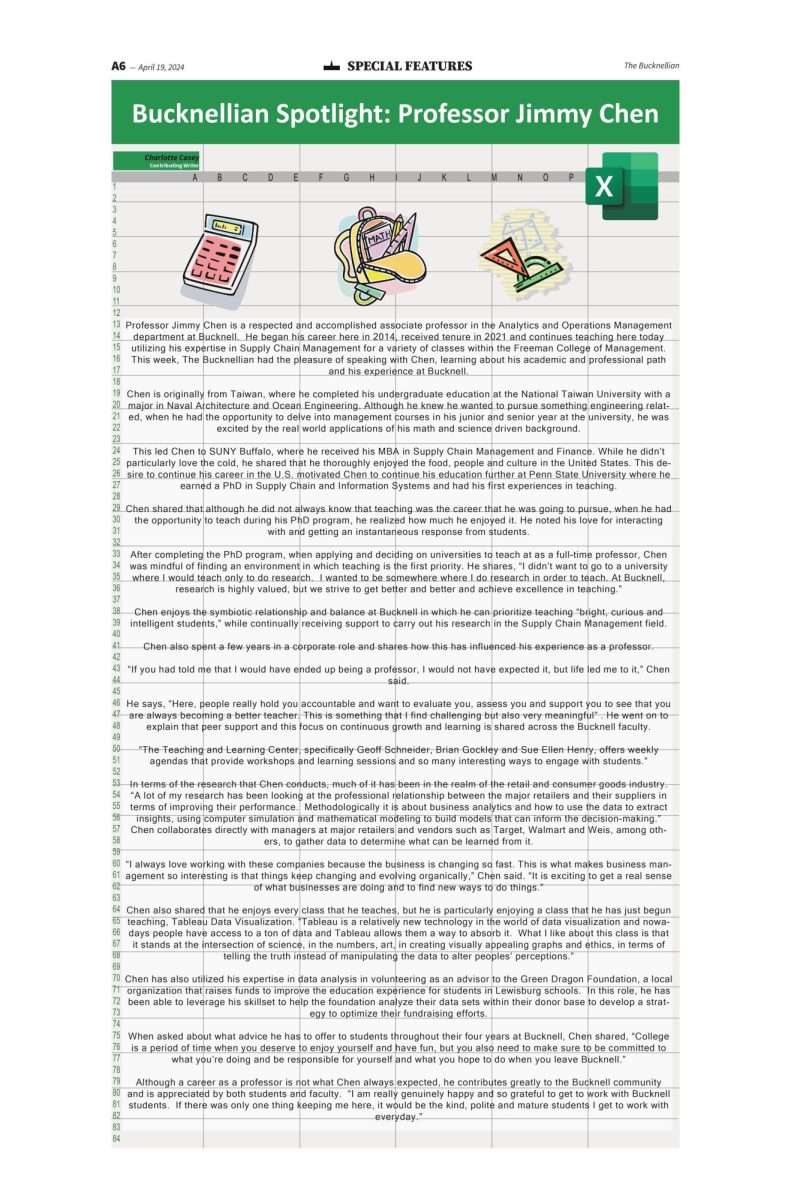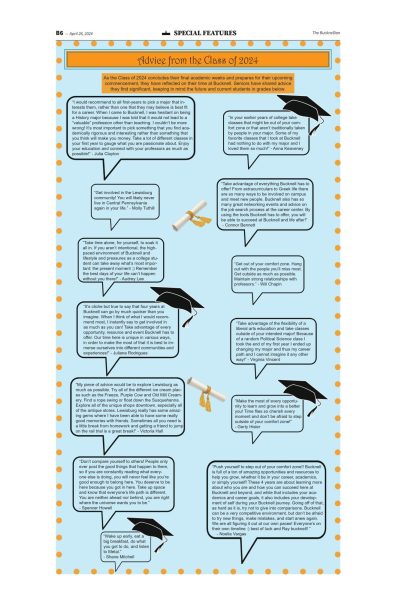A violence epidemic: Transphobia in America
February 27, 2020
On Feb. 4, activist and actor Billy Porter took to the stage and delivered an LGBTQ State of The Union just hours before U.S. President Donald Trump made his own speech to Congress.
“Donald J. Trump has painted himself as a friend of the LGBTQ community while revealing his true colors at every malicious turn,” Porter said. This statement was followed by a list of transphobic policies and practices initiated by the Trump administration. Among these policies were the transgender military ban proposed in 2017, the federally-blocked expansion of the “conscience rule” (which would have allowed health-care providers to refuse transgender individuals any sort of medical care on moral and religious grounds) and the administration’s plan to allow homeless shelter providers to discriminate against individuals and families on the basis of sexual orientation and gender identity.
“Last November, the FBI reported that hate crime violence has hit a 16-year high,” Porter said. “With more than 25 innocent people murdered, 2019 was the deadliest year on record for transgender Americans.”
The statistics around transgender-targeted violence are never exact due to severe underreporting, poor law enforcement relations with the transgender community and the misgendering of victims by family, police and media. Porter emphasizes that violence against transgender people disproportionately affects trans women of color, particularly black transgender women. Individuals who find themselves at the intersection of multiple marginalized identities are more likely to experience both hate crimes and fatal violence, while also being less likely to receive significant media attention or public outcry for intervention.
Since 2013, the Human Rights Campaign has recorded more than 150 transgender and gender non-conforming people who were victims of fatal violence, at least 84 percent of whom were people of color.
To echo the words of Porter himself, this is an epidemic.
This increase in transgender-targeted violence was first observed in 2015 when, at the same time, people were celebrating a landmark year for trans visibility on screen. For some, the faces of transgender actress and activist Laverne Cox, the leading ladies of FX’s “Pose” and Caitlyn Jenner were testaments to the nation’s gradual acceptance of trans people. Porter himself cites the inspiring work of queer creatives and the diversified casts and stories of television shows and Hollywood films as beacons of light to look toward.
While it is extremely important to continue supporting these stories and these queer creatives, we must not be placated by creative content to the point of inaction. Though there have been strides made within media representation, news outlets still shy away from covering stories of transgender-targeted violence. Resources for trans youth and adults continue to be placed under attack by the government. It is the responsibility of the cisgender population to advocate for our trans community members, uplift trans activists and create space for trans folks to tell their own stories. We must fight for real legislative change, because if we do not, transgender Americans will continue to be left vulnerable and unsupported by our country.
Porter says it best: “Remember that we are all responsible for the country and the world in which we want to live, and therefore, we are all responsible for each other.” We must not allow this violence to go on unnoticed and unchanged. Silence is complicity; raise your voices, and amplify the voices of the trans folk around you.























